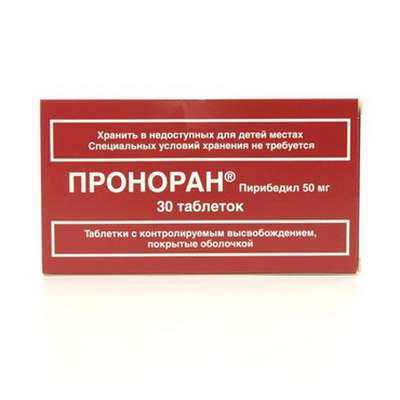Synaptic plasticity
29 Oct 2016
Neuroscientist talks about the mechanism of memory, plasticity of nerve cells and phosphorylation. How does the mechanism of our memory? What is the synaptic plasticity? And if the hypothesis is correct synaptic tag?
Nerve cells in the brain to form contacts with each other - the synapses. They are necessary to transmit information from one cell (presynaptic) to another (postsynaptic). This occurs by means of synaptic neurotransmitter release and closure of neurotransmitter interaction with specific receptors on the other synaptic end. One cell forms about 2000 synaptic terminals. Imagine a situation when we need to remember some phenomenon or event. According to the currently accepted hypothesis, the memory is stored in the brain in a distributed form, that is, not in one particular cell, and in many, interconnected neural networks. Various nerve cells to each other to form synaptic contacts and simultaneous activation of a group of nerve cells, a neural network leads to the fact that we remember the event or, alternatively, store it. The memory of the event - it is the memory of the simultaneous activity of a large group of cells.
The phenomenon of synaptic plasticity is very complex and involves almost all the molecular mechanisms that exist in the compartments of the cells, whether the postsynaptic membrane, spinule on the postsynaptic cell or axon terminals. Spines - which are small growths on the dendrites, which are predominantly in places of education synapses in the postsynaptic part of the synaptic contact, and axon terminals - thickening on the end of the axon, which is a separate compartment. And there, and there are changes associated with memory, strengthening ties between the two cells.
To improve memory buy nootropic drugs: Semax, Phenylpiracetam, Noopept and Picamilon GABA.
One of the major unsolved problems include hypothesis synaptic tag. It was formulated by Richard Morris, a Scottish scientist, and in the first approximation, reads as follows: if in the synaptic contact any changes occur between the two cells, it must be somehow marked. He called it a synaptic tag - synaptic tag. According to this hypothesis, when there is a change of the synapse, inside the cell somehow put "box", and thanks to him, the cell knows which synapse is altered. What is this the synaptic tag, and whether it is general - is an open question, and one of the major in neuroscience.

 Cart
Cart





